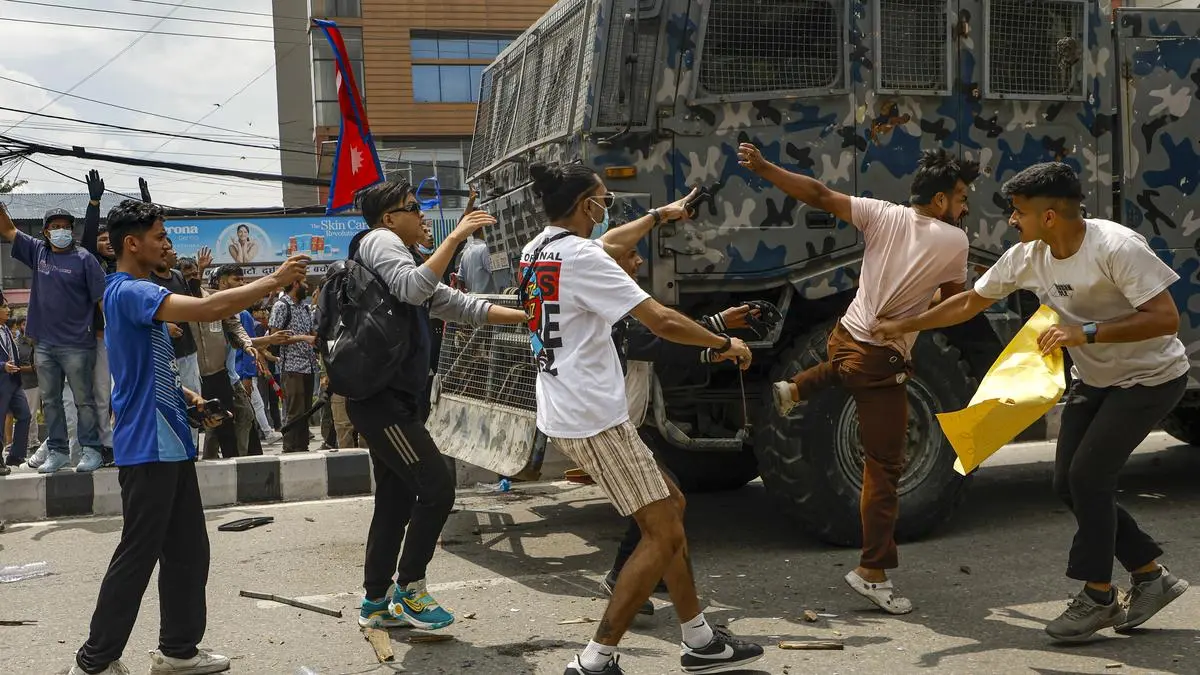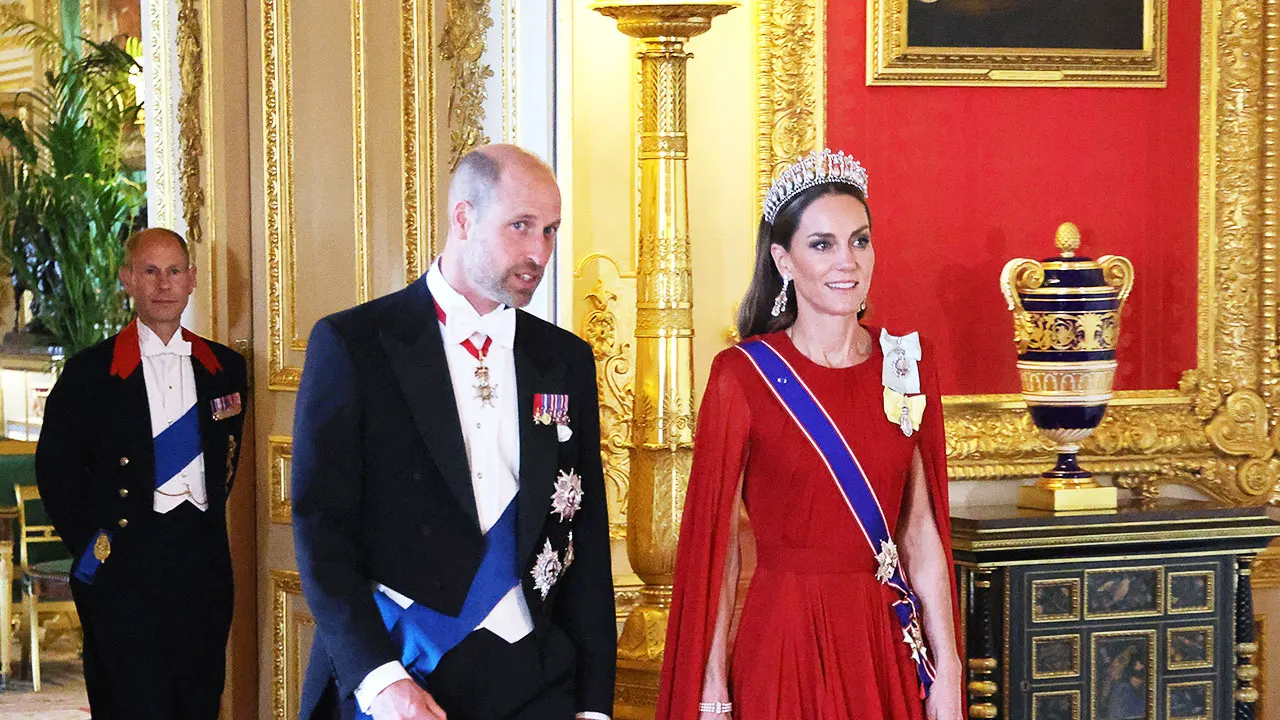By Yashaswani Chauhan
Copyright thehindubusinessline

Kathmandu has become the stage for a new form of protest. Instagram reels show teenagers and college-goers dancing, chanting, or even filming trendy edits against the backdrop of smoke-filled streets and the burnt gates of parliament. What began as outrage over corruption and a sweeping social media ban has grown into Nepal’s largest youth-led movement in decades, with Gen Z turning the very platforms the government tried to silence into tools of defiance.
Nepal’s digital ecosystem helps explain the scale of this outrage. According to DataReportal, a global insights platform partnered with We Are Social and Meltware, Nepal has a population of 29.6 million, with 16.5 million internet users, a penetration rate of 55.8 per cent. Social media penetration stood at 48.1 per cent, with 14.3 million identities active online.
Facebook dominates, with 14.3 million users (86 per cent of all internet users), followed by Messenger (10.9 million), Instagram (3.9 million), LinkedIn (2 million), and X (formerly Twitter), trailing at just 3.9 lakh users.
The viral #NepoKids trend has added fuel to the fire. In recent weeks, photos and videos purporting to show the lavish lifestyles of politicians’ children circulated widely online. To young Nepalese, the images came to symbolise entrenched corruption and inequality, fuelling further rage when combined with high unemployment and limited opportunities at home.
These figures intersect with demoralising economic realities. According to a UK Research and Innovation study, migration has remained a lifeline, with 3.5 million Nepalese (14 per cent of the population) working abroad, mostly in Malaysia and the Gulf. Yet, unemployment at home remains high. According to Macrotrends, Nepal’s unemployment rate stood at 10.7 per cent in 2024, highlighting the limited domestic opportunities available.
Nepal’s media climate is also deteriorating. The country ranked 90th in Reporters Without Borders’ 2025 Press Freedom Index, a 16-place decline from the previous year.
Globally, too, concerns about digital freedoms are intensifying. The Freedom on the Net report by Freedom House, which scores countries out of 100 across obstacles to access, limits on content, and violations of user rights, recorded the 14th consecutive year of decline in online freedoms.
Among major economies, the United States scored 76 (free), the UK scored 78, Germany scored 77, and France scored 76. India was classified as ‘Partly Free’, with a score of 50, largely due to frequent internet shutdowns and content restrictions. At the other end, the United Arab Emirates scored 30, placing it firmly in the ‘Not Free’ category.
For Nepal, the protests reveal a society where social media is not just entertainment but an infrastructure for dissent. With unemployment rising, migration surging, and inequality exposed in viral hashtags, the country’s political future is inseparably bound to its digital one.
Published on September 11, 2025



